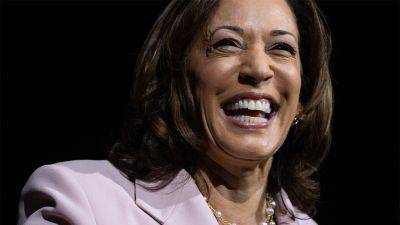On a Scrambled 2024 Map, North Carolina Democrats Say Harris Has a Shot
President Biden’s campaign declared in its earliest days that he had a strong chance of winning North Carolina, even though no Democrat had captured the state since Barack Obama’s victory in 2008.
That claim began to look implausible as Mr. Biden plummeted in the polls and Democrats grew anxious about reliably blue states like Minnesota and Virginia.
Now the party has a brand-new candidate in Vice President Kamala Harris and with her, an energized voting base and reshuffled political map. As she visits North Carolina on Friday to lay out her economic agenda, Democrats there are feeling hopeful again about delivering her a state where success has eluded them for 16 years — and where it is unclear if energy will be enough.
Apart from Mr. Obama’s lone triumph, Republicans have won every presidential contest in North Carolina since 1980. In 2020, Mr. Biden lost there by less than two percentage points, his narrowest defeat.
But the burst of enthusiasm from Ms. Harris’s ascent, as well as a galvanizing race for governor, have top North Carolina Democrats like Gov. Roy Cooper arguing that the state is newly viable.
Mr. Cooper, a two-term governor who was a contender to serve as Ms. Harris’s running mate, said in an interview that he had not “felt this much excitement” since Mr. Obama’s first White House run, particularly among young people.







